Spring Term 20.04.17
After the February performance of CHECK-IN Fran and Alex asked for feedback in session where our members mentioned that they liked the creative freedom they had in making the show. Because of this feedback in the fourth session of the term our members were given a script from Macbeth with the character names taken away. This allowed our members to have full creative freedom to deliver the script however they wanted, using character work, mime and improvisation, skills that were learned in previous sessions. Our members were also spilt into large groups than usual to develop their communication skills by listening, speaking to everyone and including everyone's ideas. Working in a larger group also made them think about how they may use their performance space differently.
At the end of the session each group performed what they had created to one another to get some feedback.
In their fifth session, our junior members were split in half to make bigger groups than even in the previous week.
Our members learned that 'to stage' something means to perform or make, as they were asked to stage a car crash. In this performance, they weren't allowed to speak and had to make sure that they included everyone in the group.
Before each group started to stage their piece, there was a discussion with all the juniors as to what might happen in the scene.
Through making this scene our members developed the mime skills they had learned in the second session and learned all about physical theatre by making the cars out of their bodies and giving them movement.
At the end of the session both groups performed to one another to get some feedback. From the feedback, they learned that they could still perform their part with facial expressions and that moving in time with one another was vital.
In their fifth session, our seniors were split into four groups of four. They were then tasked with each coming up with an action that they would do in a car.
At first, they performed their four moves separately in their groups and they learned that is was important that they were all in time with each other so that their performance was synchronised.

After this the groups separated and merged into the space with one another. Once they had taken up their new positions they then performed each of their four actions that they had improvised in their group alongside the other members.
To make sure all our members were synchronised they went back to a neutral stand between each action. This helped them to develop the performance and sequence their actions even though they weren't all doing the same. From this they were able to perform the same sequence of actions they had improvised in their groups three times and then being able to perform the same action as a collective after the fourth sequence.
From this the group then gathered behind two central members to form the body of a car and began to develop their slow-motion skills by having a passenger thrown out of the car and carrying her.
In their final session of the Spring Term our members learned about the use of lights in theatre.
Our members looked at how the use of colour in lights can help to create an atmosphere or set a scene. They discussed which colours they thought reflected a different feel or atmosphere, these being.
- Red – sinister
- Green – alien, forest
- Blue – cold, sad, night
In their discussion about the use of colours in lights our members learned that a white light with a yellow or orange hue is called a 'warm wash' and a white light with a blue hue is called a 'white wash'. They also learned that 'gels' are used to change the colour of a light, being placed in front of the light source.
They also looked at examples of different lights that are used in theatre, these were:
- LED's – they are becoming more commonly used as they can provide more colours, they work on the same principal as a TV delivering colour as they are made up of red, green and blue lights
- Profile's – can project silhouettes or profiles using a gobo (a physical stencil that is placed in front of the light source, these can be metal or glass)
- Fresnel's – use the same type of lenses that use to be used in lighthouses, they also have barn doors that control the direction of the light
- PAR cans – deliver a substantial amount of light, flooding the stage with light
Our members also learned that the structure used to hold lights standing vertically is called a 'boom'. Drama practitioner Alex also showed them an 'iris' which is a panel that can reduce the lights size. He also showed them that a light can be adjusted to give a soft or hard edge with dials that are on the side. Members were also shown a metal and glass 'gobo', a physical stencil that is placed in front of a profile's light source to project silhouettes. They learned that a glass gobo can allow for partial light to come through where as a metal gobo cannot.
Members also learned about safety when working with lights such as:
- Different plugs are used – plugs for lights have round prods rather than square to differentiate them to normal every day plugs. This is because a lights power output is a lot higher than a normal plug. Plugs for lights can light up a whole row on a rig, so plugging a phone into a plug socket designed for lights would make the phone explode.
- Safety bonds – clamps are used to go over the rig to hang lights but are also attached to the rig by a safety bond, which is a strong cable that can hold 150kg, to stop lights from falling on people's heads if the clamp fails
- Be careful of your hands – lights can get very hot

Above you can see Alex also showing members how the light desk works through data cables used to tell lights what colour to go. Our members also had a chance to have a go at working the light desk.
After learning about the use of lights and lighting in theatre our members were then tasked with developing the Macbeth pieces they had created in their fourth session of the term but to think about what lighting would suit what they had created.
Before devloping their pieces they discussed the following to think about.
- Lighting can be used to indicate dialogue or dramatic tension
- Lights can be suddeny switched to different colours or this can be done slowly
- Where the light comes from can impact how the members appear on the stage, for example using lights from the back would make silhouettes
After practising their pieces and deciding what lights they would use and how members were able to perform their pieces to one another and get some feedback about the use of lighting and how it changed the performance.

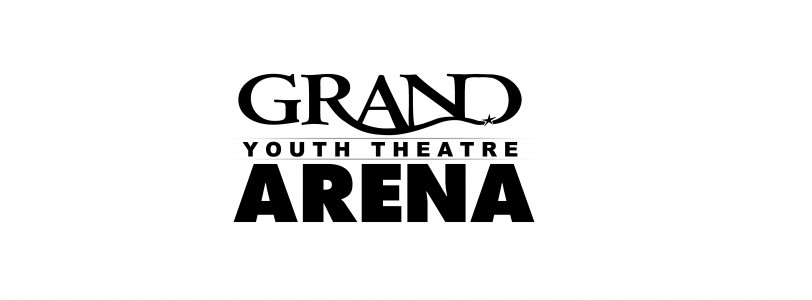
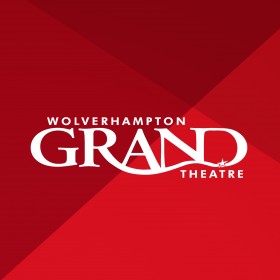
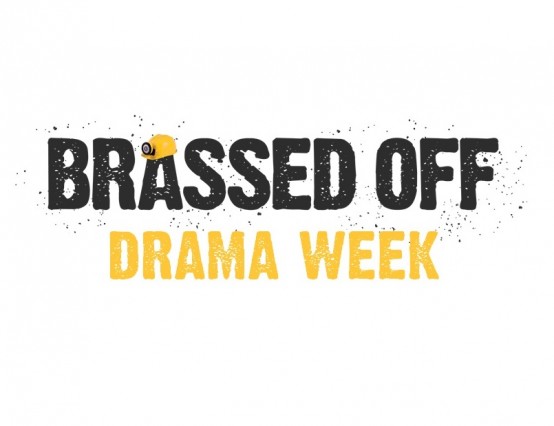
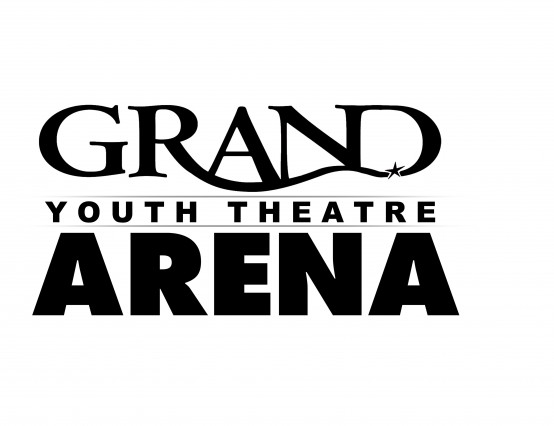
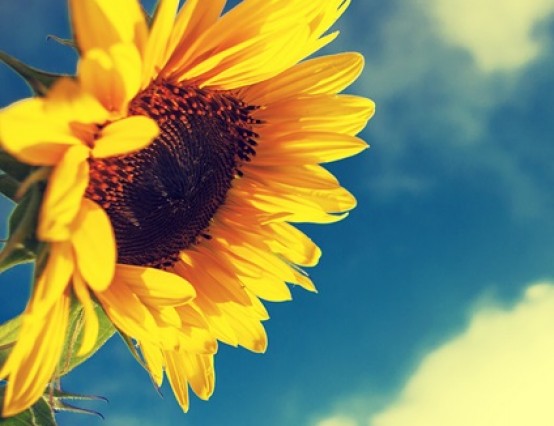



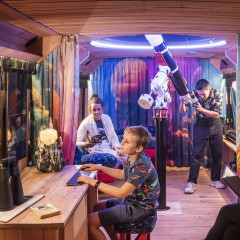
Great work guys! These updates are amazing :D